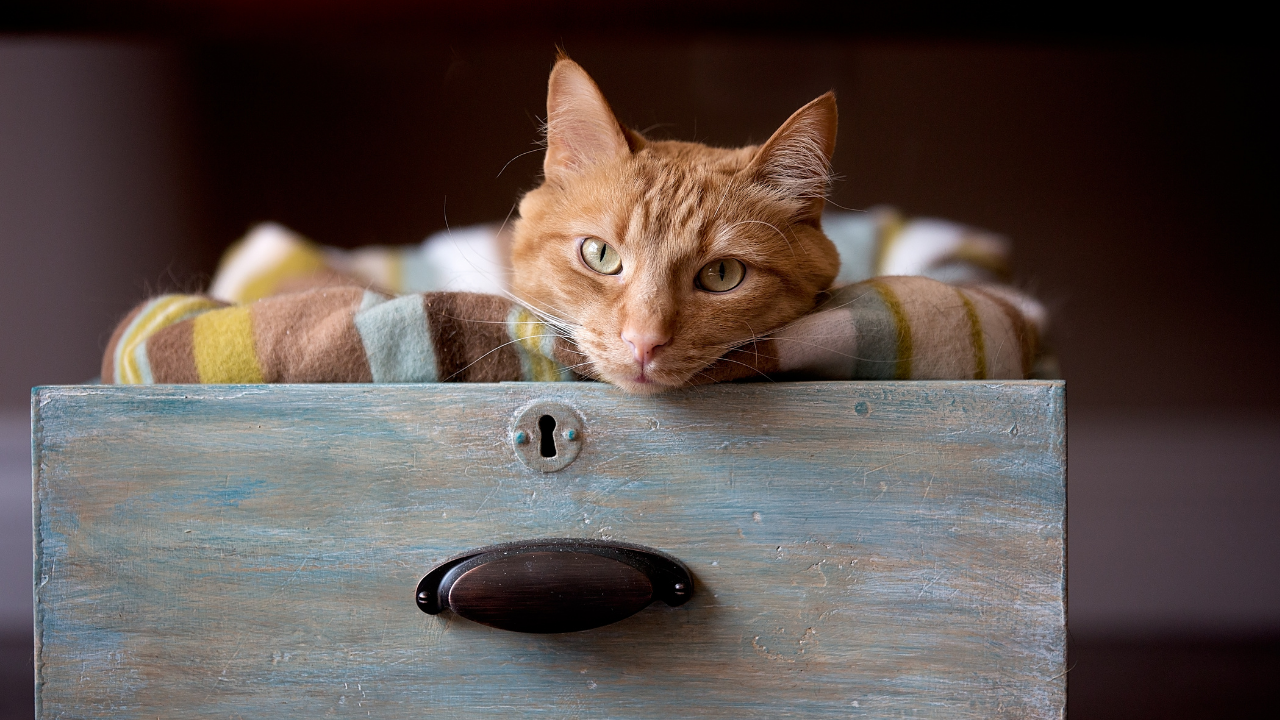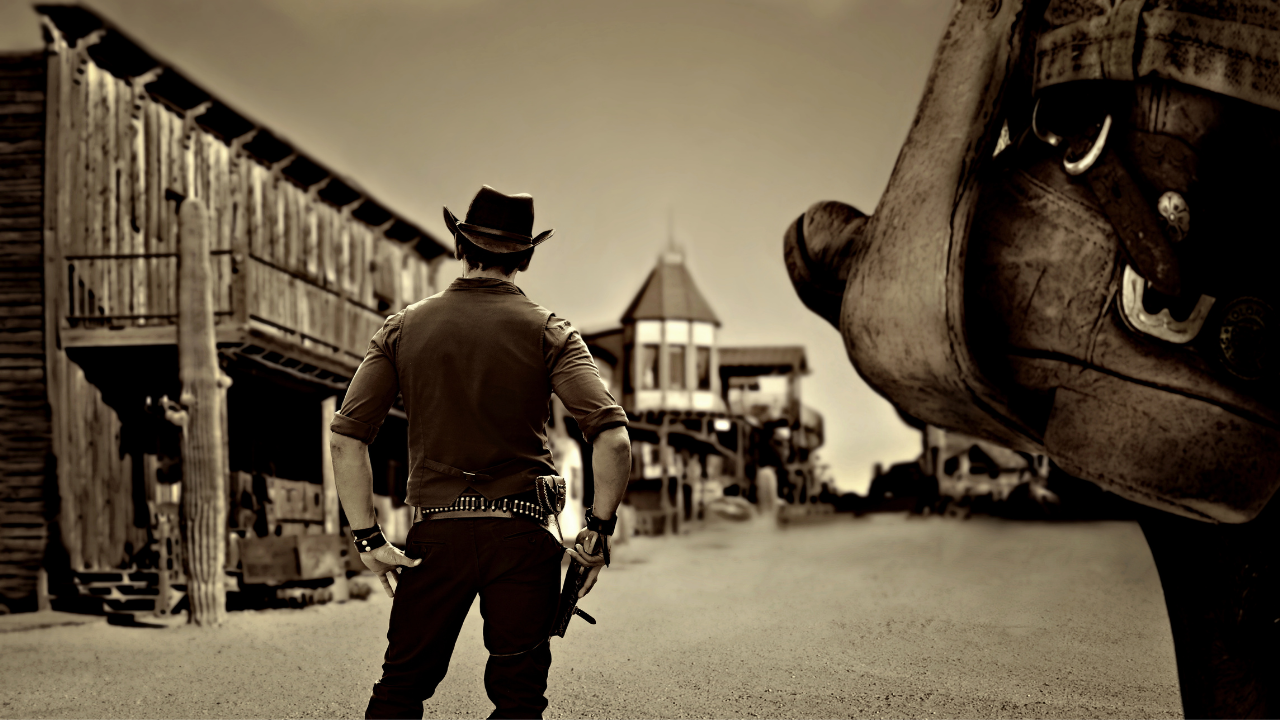path of the storyteller / blog
does your story need a villain?
It’s been said that a story is only as good as its villain. Agree or disagree?
The truth is, our heroes need obstacles. Other characters in the tale may be instrumental in providing those obstacles. Why might they do this? Does being a “villain” equate to being “evil”?
More questions about villainy abound! How do we create “bad guys” without writing stale clichés? And how can we bring ourselves to write fully-imagined characters that we ourselves find unsavory?
Mwah-ha-ha! Clearly, the role of the “villain” is fraught with complexity. That’s what we dig into this week.
My weekly livestream happens on Wednesdays at 1 PM Pacific. Come live and participate! Or catch the replays here on the blog.
To watch live and ask questions, you can join the Path of the Storyteller Facebook group right here.
And subscribe to the YouTube channel here.
character archetypes
Remember Wilson the volleyball? What a performance! It turns out that even a story about a guy stranded alone on a desert island can have a cast of archetypal characters.
What do I mean by archetypal? That’s our topic this week. Some characters might populate the edges of a tale like extras in a movie, but archetypal characters help provide the energy that keeps your story humming along.
Story energy is a fascinating topic. It’s at the heart of how I think about good writing, and how I teach it in the Path of the Storyteller program, too. If you’ve ever wondered how to design and use your secondary cast of characters, I think you’ll like this episode!
My weekly livestream is on Wednesdays at 1 PM Pacific. Come live and participate! Or catch the replays here on the blog.
To watch live and ask questions, you can join the Path of the Storyteller Facebook group right here.
Or subscribe to the YouTube channel here.
the unexpected

When, oh when are these writing tips going to serve up some cute cat pix?
Today’s the day, gang. Look at that little orange cutie in the drawer. Cute! Cat! Pix!
It’s a nice diversion, right? But also unexpected. At least, I expect you’ll find it so!
Yesterday I wrote about how important it is to keep both hero and reader informed about where the story’s heading. That promised ordeal at the end of the second act is no surprise. It’s the climactic scene we’ve been waiting for all along.
The ordeal is the destination you tapped into your hero's GPS at the end of the first act, or the very beginning of the second. Now, after all the trials and revelations of that long expanse of middle, the moment has come. The promised destination has been reached. Finally, the story announces, in its perky robot voice, "You’ve arrived.”
And then, something unexpected happens.
That Wizard of Oz we’ve been working so hard to please? Turns out he’s a fake. Now there’s a new problem to solve. How wil...
shootout at the corral

You know I love a good pithy saying. Here’s one I made up, just for you: Good books get read; great books get reread.
Think of the books on your shelves. Most of them you’ll read once, but the ones you absolutely love you will surely read again and again.
A great book is a friend for life. The better you know it, the more you love to reread it — and you can take that as proof that great storytelling does not depend on keeping secrets from the reader.
A common authorial misstep is to conceal the hero’s true mission from the reader.
Why do this? These authors mistakenly assume that secrecy equals suspense. They hope that the reader will keep reading in order to find out what’s really going on.
It’s a false hope, alas. The reader keeps reading to find out not what the climactic scene of the plot is, but how that scene turns out.
Will the Wizard help Dorothy get home to Kansas? Will Katniss survive the Hunger Games? Will Bilbo prevail when he finally comes face to face with the dr...
facing the shadow

Yesterday’s talk of tricksters got me thinking about the archetypal energies that infuse every story. I call them energies because I consider storytelling a form of energy.
If that sounds a bit vague or metaphysical to you, consider this: A story is not its physical form. It is not the book between hardcovers; it is not the film on celluloid or digital data; it is not the little clickable box on your Netflix home page that takes you (at last!) to the new season of The Crown. Now you know what I’m doing this weekend!
Story is a non-physical phenomenon that connects both author-to-reader and reader-to-reader. It’s the deep engagement with fictional characters in a made-up world; the feeling of having taken a journey with those characters and being altered by the trip, just as we are affected by the events of our real lives.
Oral traditions may manifest in written versions that later get made into movies and graphic novels, but which one of them is the story? None of them, really. The...


